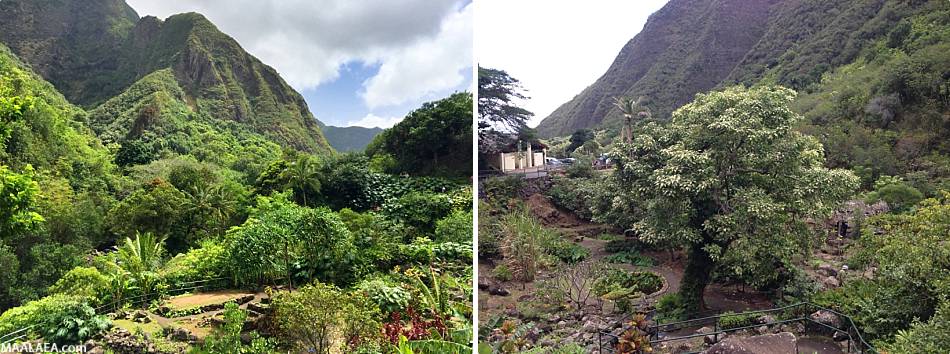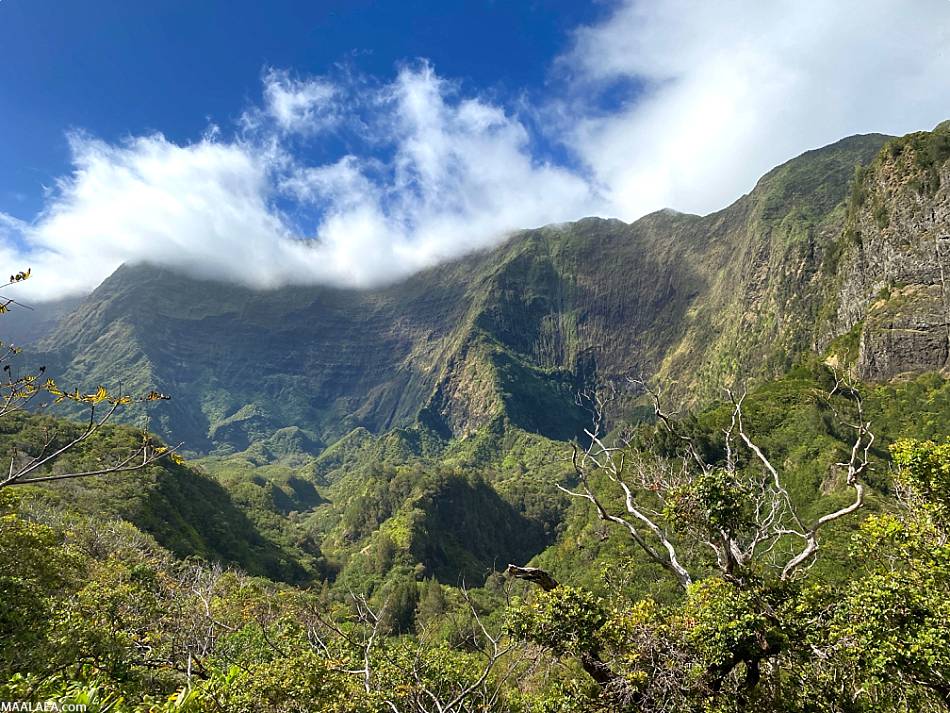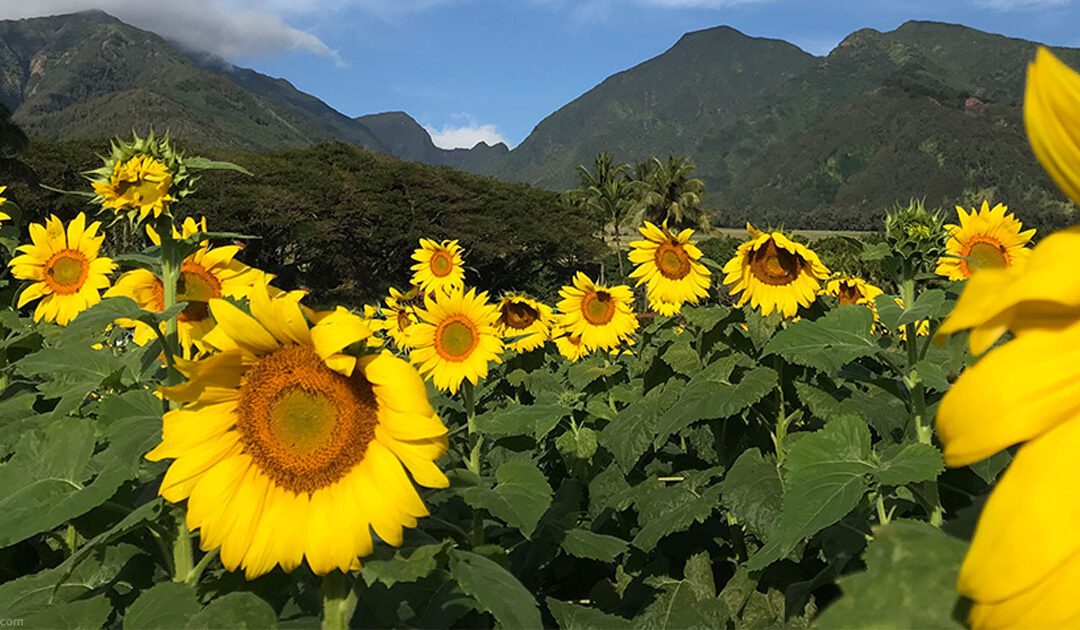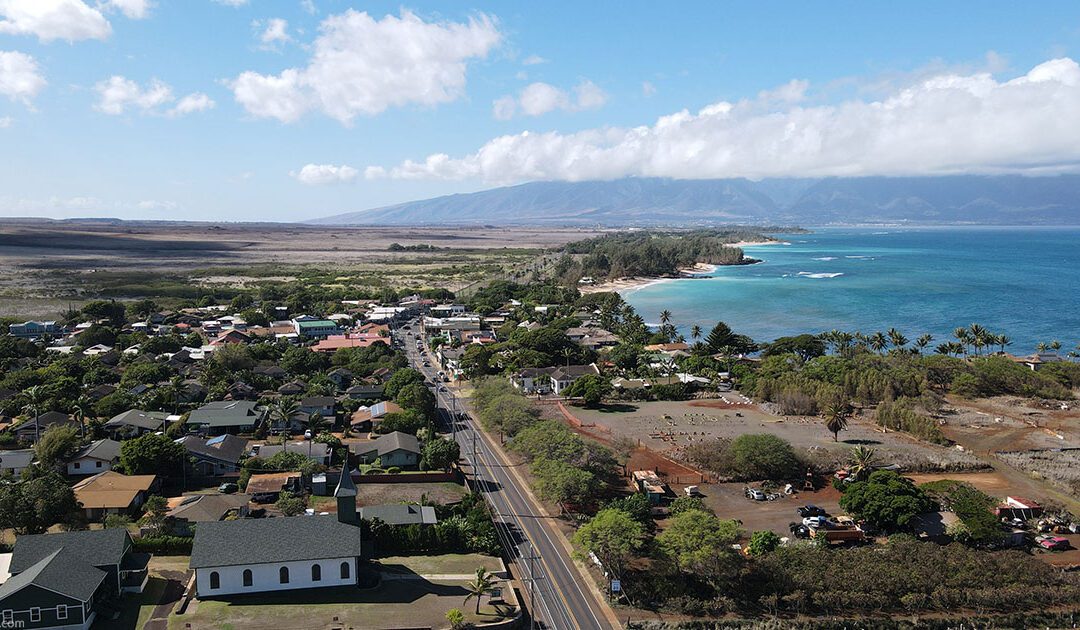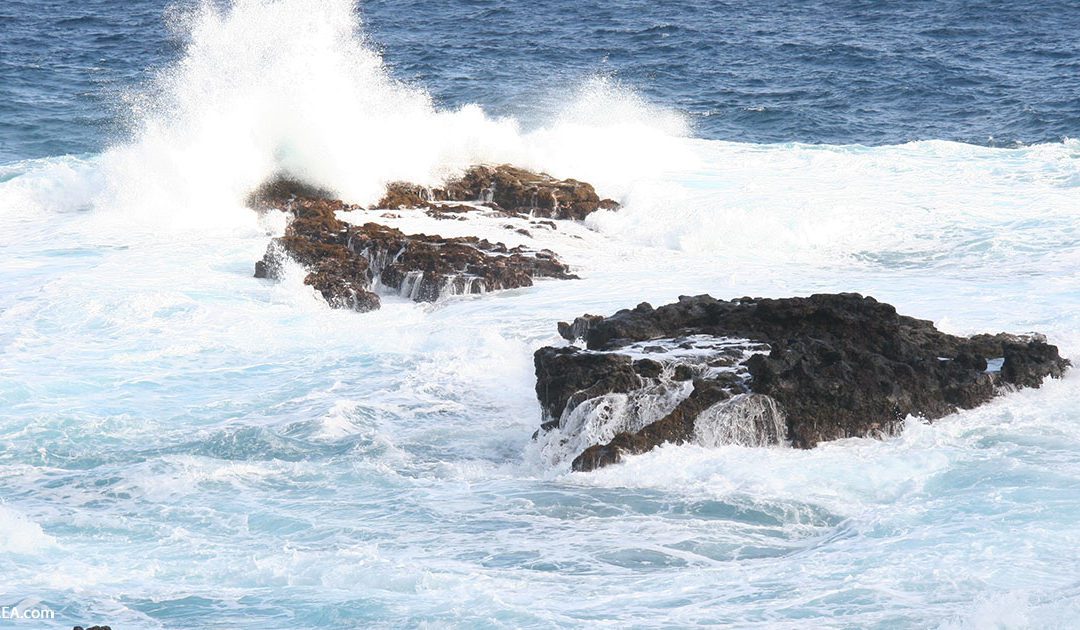Day Trip To Iao Valley
One of the biggest perks of staying in Maʻalaea is the town’s central location. Not only is this seaside village a short drive from the popular towns of Kihei and Lahaina, but Maʻalaea is just 10 minutes from historic Wailuku Town and its unique attractions— namely, Iao Valley. This lush, gaping valley and its unique topography are among Maui’s most popular visitor attractions and make for an easy day trip from Maʻalaea.
ʻIao Valley State Monument will be closed from August 1, 2022 to January 15, 2023 for the final phase of the slope stabilization project and parking lot improvements.
About ʻIao Valley
Towering emerald walls, unique rock formations, cool swimming holes, and an epic history characterize ʻIao Valley. This cavernous valley is one of the largest in the West Maui Mountains, located just above Wailuku town. ʻIao Valley State Monument sits in the heart of the valley. The park is best known for the iconic ʻIao Needle landmark, also called Kūkaemoku. This natural columnar rock formation rises 1,200 feet from the valley floor. Aside from its striking tropical beauty, Iao was once used as a sacred burial ground for Maui’s chiefs and was the site of one of the bloodiest battles in Hawaiian history. Visitors can take a deep dive into ʻIao Valley’s historical significance and arresting natural beauty at ʻIao Valley State Monument.
ʻIao Valley State Monument
ʻIao Valley State Monument was designated as a National Natural Landmark in 1972 and today serves as one of Maui’s most popular attractions. Paved walking trails, informative panels, scenic lookouts, and botanical gardens dot the park, giving visitors a peek into the area’s history and allowing the public to absorb the valley’s beauty.
Near the park entrance, visitors will find a botanical garden lined with ‘canoe plants’ like taro, brought to Hawaii by the first Polynesian settlers. This garden was designed to mimic the Hawaiian communities that once prospered in the greater Iao Valley area. Travel further into the park, and you’ll find yourself on the Ethnobotanical Loop Trail, a 0.4-mile paved walking path that descends to the bank of the ʻIao Stream. Another short but steep path leads to the ʻIao Valley Lookout. Visitors can climb 133 stairs to the scenic observation platform, presenting unparalleled views of the ʻIao Needle and the valley below.
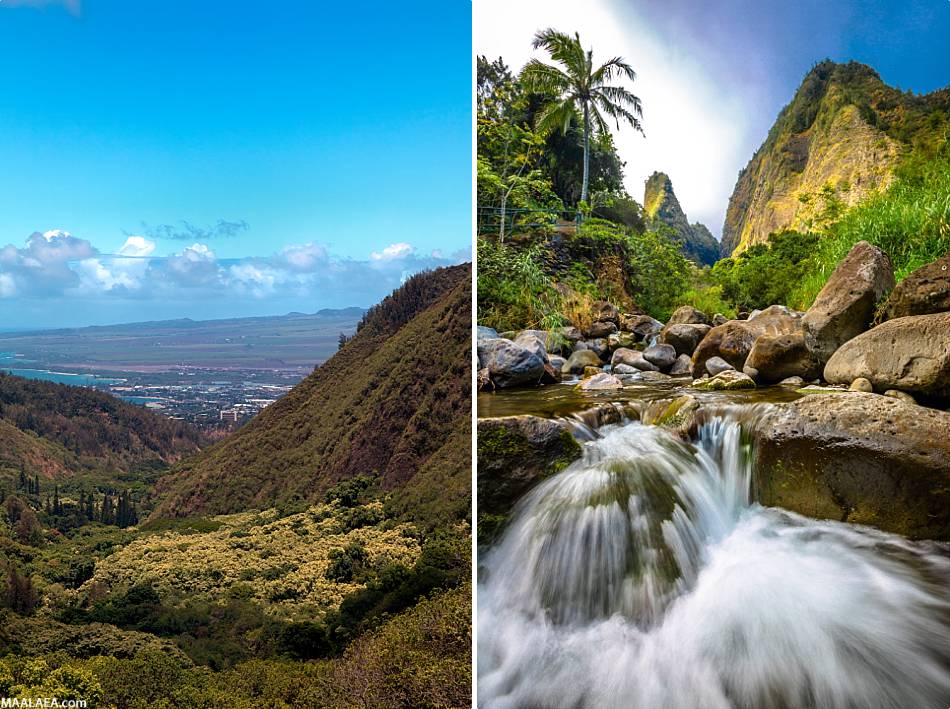
The ʻIao Stream cuts through the middle of the park, and it’s not uncommon to see park visitors taking a refreshing dip in one of the many natural pools. The stream is best accessed via the Ethnobotanical Loop Trail. You can also work your way up the creek to find a more secluded pool, but please— no off-trail hiking. Also, be sure to give others their space at the stream. Visitors and residents alike come to Iao Valley to enjoy its peaceful nature and might not appreciate being intruded on after making a point to find a secluded swimming hole.
Entrance to ʻIao Valley State Monument is $5 for non-residents and free for Hawaii residents. Parking is $10 for out-of-state visitors and free for Hawaii residents. The park is open every day from 7 am to 6 pm.
Disclaimer: Flash flooding is common in ʻIao Valley, particularly in winter. Avoid swimming in the stream on rainy days and always be cautious of the weather. If the watercolor or level begins to change, seek higher ground immediately.

ʻIao Valley History
ʻIao Valley holds an important place in Hawaiian history. Centuries ago, the area was home to a prosperous Hawaiian community. The water from ʻIao Stream was used for drinking and agriculture, primarily growing taro. Later, in 1790, the valley was the site of one of the most significant battles in Hawaiian history.
The Battle of Kepaniwai was led by King Kamehameha I during his quest to unite the Hawaiian islands under one rule. Kamehameha’s 1,200 troops were evenly matched by Maui’s army, led by Chief Kahekili’s son, Kalanikupule. Ferocious fighting went on for two days. Finally, on the third day, two of Kamehameha’s British advisors helped defeat Maui’s forces using two cannons. Generations later, one of the cannons was found in the valley. History buffs can check it out at the Bailey House Museum, located just minutes from ʻIao Valley State Monument.
Many people on both sides lost their lives in the Battle of Kepaniwai. The death toll was so high that it is said that the bodies of warriors clogged Iao Stream, causing the water to run red. While today ʻIao Valley is a lush and serene escape, it’s important to remember and respect the events that once took place here.
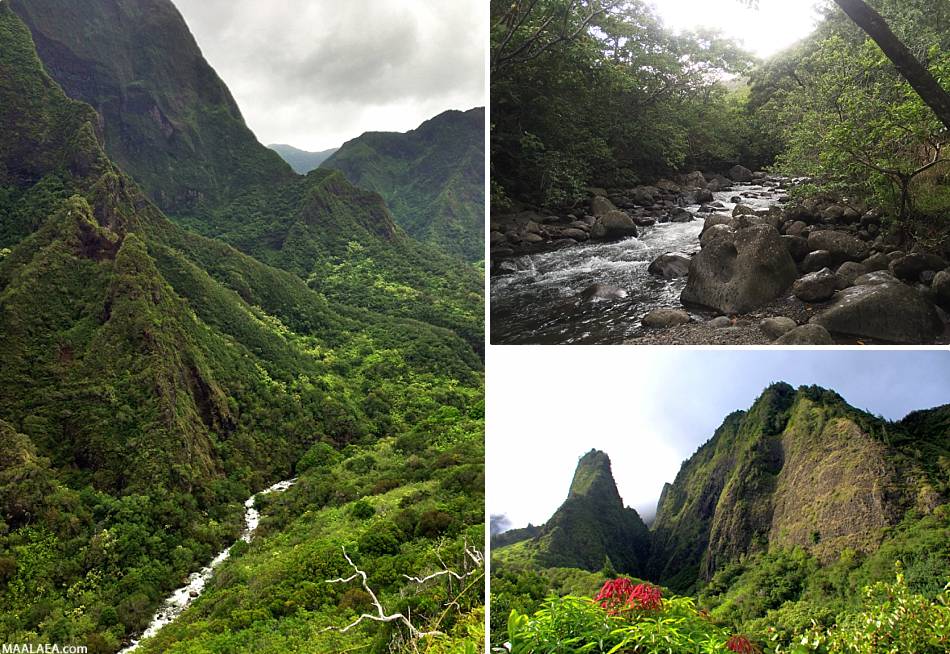
More recently, ʻIao was ravaged by a devastating flood. On September 13, 2016, floodwaters ripped through the valley at 81,500 gallons per second— 200 times more water than the 35-year average for the same day. As a result, portions of the state monument and Kepaniwai Park collapsed, and several homes in the valley were filled with water. Residents were trapped or forced to seek shelter on their roofs. Iao Valley was closed for a year while crews scrambled to make repairs. While hydraulic models estimate that the flood was a once-in-500-years event, it serves as a reminder of the might and power of flash flooding in Hawaii.

Iao Valley Geology
Contrary to popular belief, the West Maui Mountains is one enormous eroded volcano rather than a mountain range. Like the other valleys in the West Maui Mountains, ʻIao was etched into the great Mauna Kahalawai by hundreds of thousands of years of wind, rain, and flowing water. Iao Needle is the remnant of a narrow ridge sculpted by millennia of streamflow. Ancient Hawaiians believed the Iao Needle to be the phallic stone of the god Kanaloa.
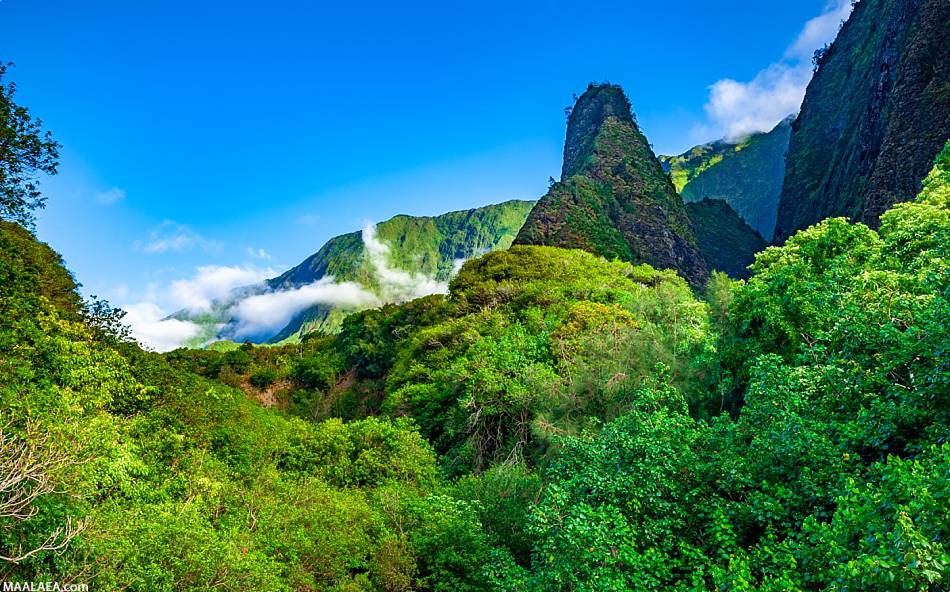

Kepaniwai Park
Located near the mouth of the valley is Kepaniwai Park. This oft-overlooked section of the valley features a collection of heritage gardens erected to honor the many cultures that make up Hawaii’s diverse population. Visitors will find Japanese pagodas, koi ponds, a Chinese moon gate, Portuguese gardens, and much more. The park also features several pavilions, picnic tables, and grills, and is the site of the Hawaii Nature Center museum. Kepaniwai Park is open daily from 7 am to 5:30 pm.
